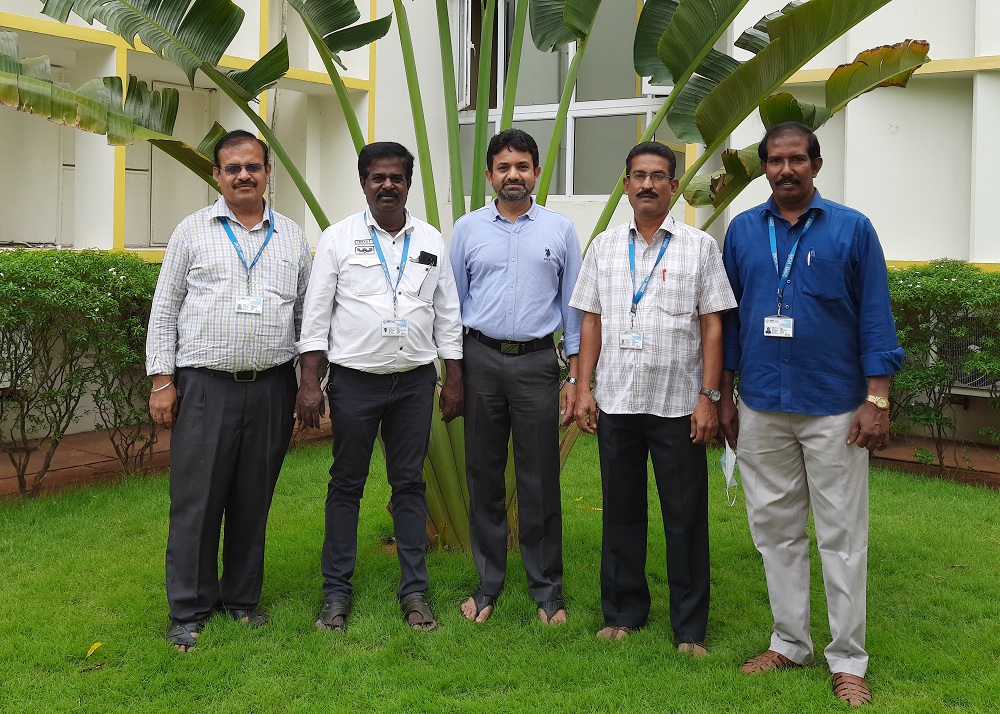| Sr. No. | Name of the staff | Designation |
|---|---|---|
| 1 | Dr. K. Hari Kishan Raju | HOD & Technical Officer-C |
| 2 | Mr. R. Krishnamoorthy | Technical Officer-C |
| 3 | Mr. M. Stalin | Senior Technician (2) |
| 4 | Mr. N. Ramesh | Laboratory Assistant-1 |

Head of the Division: Dr. K. Hari Kishan Raju
The Division of Climate Change, GIS & VBD Stratification / Mapping covers study in areas related to human health challenges, such as epidemics and endemics of vector-borne diseases based on environmental and climate change, global warming, shifting weather patterns, and changes in land use and land cover patterns. These research activities as well as the creation of disease forecasting and modelling components make use of remote sensing (RS) and geographic information systems (GIS) techniques and technologies.
LF, Dengue, JE, Malaria, KFD, Scrub typhus and other vector borne diseases (VBD’s) Disease mapping, monitoring disease distributions, disease forecasting and prediction models.
| Sr. No. | Name of the staff | Designation |
|---|---|---|
| 1 | Dr. K. Hari Kishan Raju | HOD & Technical Officer-C |
| 2 | Mr. R. Krishnamoorthy | Technical Officer-C |
| 3 | Mr. M. Stalin | Senior Technician (2) |
| 4 | Mr. N. Ramesh | Laboratory Assistant-1 |
Development and validation of dengue risk map of India using remote sensing and geographical
information system.
Mapping and risk assessment on KFD expansion in Western Ghats, India.
Disease burden estimation and projection: Malaria mapping in India.
Mobile Mosquitoes - understanding the entangled mobilities of humans and Aedes mosquitoes in Mexico, Tanzania, India and Germany.